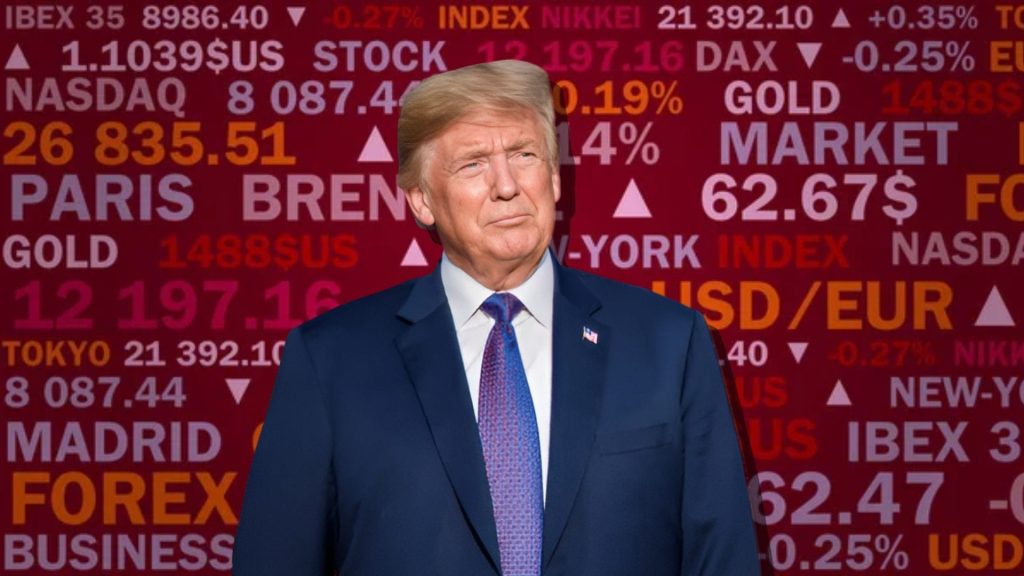Analysis
Crypto and AI: Blockchain trends in 2025

As the 2025 moves, blockchain technology is no longer a buzzword but a strategic pillar across global finance, commerce, and industry.
Analysts say the digital ledger technology is experiencing a foundational shift, fueled by stronger institutional adoption, clearer regulatory frameworks, asset tokenization, and the convergence of artificial intelligence.
The U.S. Securities and Exchange Commission (SEC) has launched a dedicated Crypto Task Force aimed at establishing a regulatory roadmap for digital assets.
This development has instilled greater confidence among traditional financial institutions, such as hedge funds and pension managers, who are increasingly exploring blockchain-based investment tools.
The approval of spot Bitcoin and Ethereum exchange-traded funds (ETFs) has further deepened market participation.
Financial products tailored for institutional use, such as Binance Wealth, are now offering custodial services and personalized strategies, making blockchain more accessible to conservative investors.
Tokenization of assets gains traction
Tokenization is reshaping how value is stored and transferred, with more companies leveraging blockchain to issue digital versions of real-world assets like equities, bonds, and real estate.
This not only streamlines settlements but also removes traditional intermediaries.
Industry observers project increased adoption of tokenized assets by legacy firms and fintech startups alike.
With platforms enabling fractional ownership, retail investors now have access to investment classes previously out of reach. The trend is extending to intellectual property and digital identity, creating fresh avenues for monetization.
AI and Blockchain: Powering the next financial evolution
Another major trend is the merging of artificial intelligence with blockchain.
AI is playing a growing role in DeFi (decentralized finance), optimizing market analysis, automated trading, and risk assessment.
These technologies are also converging in supply chain logistics and personalized finance.
For example, AI-powered advisors are using blockchain data to offer real-time investment insights, creating smarter and more adaptive financial tools.
DeFi and stablecoins in redefining Financial Services
The total value locked in DeFi protocols is projected to exceed $200 billion by the end of the year, driven by improved user interfaces and growing institutional interest.
Decentralized applications now offer alternatives to traditional banking functions from lending and insurance to asset trading—without intermediaries.
Stablecoins are seeing rapid global adoption as efficient tools for international payments.
Daily transaction volumes are set to cross $300 billion, with algorithmic stablecoins gaining popularity for maintaining stability through automated, decentralized systems.
Blockchain in E-Commerce and payments
In the e-commerce space, blockchain is disrupting legacy payment systems.
Retail giants like Shopify are integrating crypto payments, making digital currencies more mainstream.
Blockchain’s benefits lower fees, faster processing, and transparency are attracting both businesses and consumers.
Moreover, the technology is being used to authenticate product origins and ensure supply chain transparency, addressing consumer demand for accountability and traceability.
Conclusion
As blockchain matures, its integration across sectors suggests more than just a passing trend.
With rising institutional trust, practical applications, and regulatory support, 2025 is shaping up to be a landmark year for blockchain’s evolution from innovation to infrastructure.
For Diaspora Digital Media Updates click on Whatsapp, or Telegram. For eyewitness accounts/ reports/ articles, write to: citizenreports@diasporadigitalmedia.com. Follow us on X (Fomerly Twitter) or Facebook












